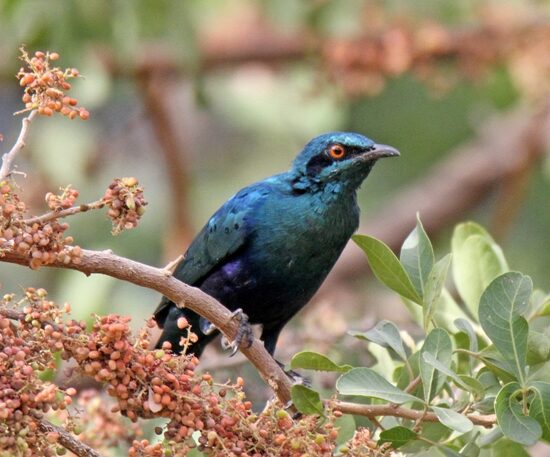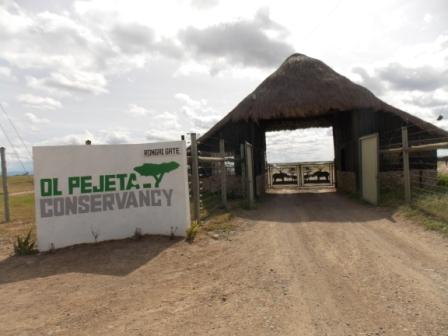Dakatcha Woodlands is a superb birding hotspot outside the Arabuko-Sokoke forest where the endangered Clarke’s Weaver or Kilifi Weaver is known to reside. The woodlands also hold substantial populations of Sokoke Pipit, and both species may breed in the woodlands.


